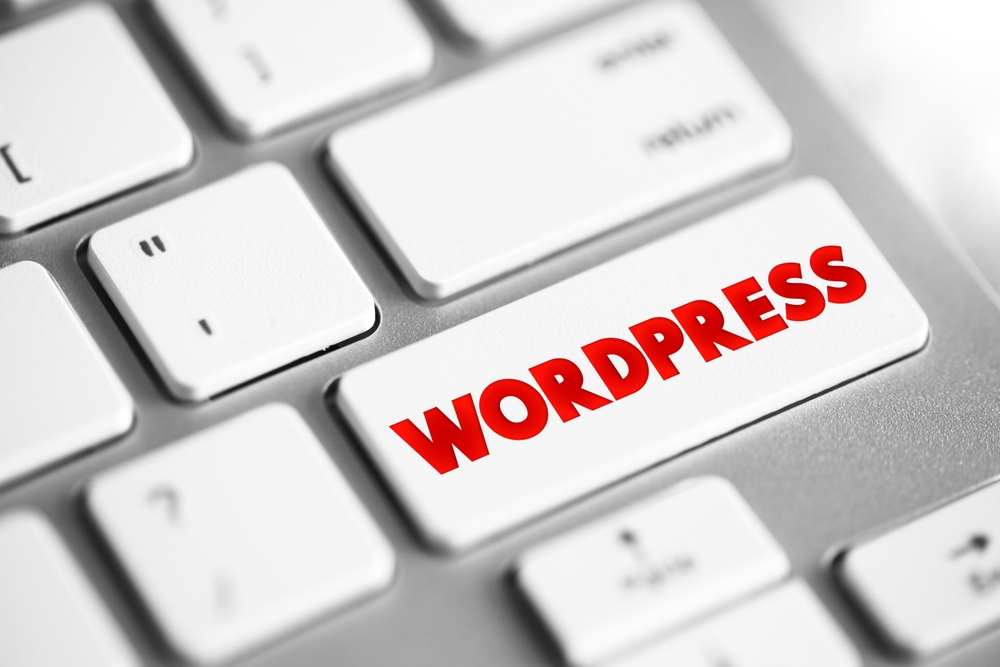
WordPress has become the go-to platform for website development due to its versatility and user-friendly interface. With its countless plugins, themes, and customization options, you can create a unique and engaging website without requiring any prior coding knowledge. However, to truly master WordPress website customization and ensure smooth maintenance, you need to familiarize yourself with some essential tips and tricks. In this article, we will explore five key areas of WordPress (WP) customization that will help you take your website to the next level.
Customizing Themes
One of the most powerful features of WordPress is the ability to customize themes. With thousands of themes available, it's essential to WordPress (the blogging platform) select one that aligns with your website's purpose and brand identity. Once you have chosen a theme, explore the customization options within the WordPress dashboard. From changing colors, fonts, and layouts to adding custom headers and backgrounds, there are endless possibilities to make your website visually appealing and unique.
Tip: Always ensure the theme you choose is compatible with the latest version of WordPress to avoid any compatibility issues or security vulnerabilities.
Plugins for Added Functionality
WordPress plugins are the backbone of any well-functioning website. Whether you want to enhance your website's SEO, improve site speed, or add contact forms, there is a plugin available for almost any functionality you can imagine. Make sure to research and select reliable plugins from reputable sources to avoid any potential conflicts or security risks.
Tip: Avoid installing too many plugins, as it can slow down your website and make it susceptible to vulnerabilities. Stick to necessary and regularly updated plugins.
Custom Menus and Navigation
Creating an intuitive and user-friendly navigation system is crucial for enhancing user experience on your website. WordPress provides an easy-to-use menu editor that allows you to create custom menus and control their placement. You can also add dropdowns, icons, and even assign different menu items to specific pages or categories.
Tip: Perform regular checks on your menu structure and links to ensure they are working correctly, especially when making updates or changes to your website.
Optimizing Performance
Website speed plays a critical role in user engagement and search engine rankings. Slow-loading websites often lead to higher bounce rates and lower conversions. To optimize your WordPress website's performance, consider implementing caching plugins, compressing images, minimizing external scripts, and using a content delivery WordPress (the platform for bloggers) network (CDN).
Tip: Regularly monitor your website's performance using tools like Google PageSpeed Insights or GTmetrix. Address any identified issues promptly.
Regular Backups and Updates
Nothing is worse than losing hours of work due to an unexpected error or security breach. It's crucial to regularly back up your WordPress website to avoid such disasters. Numerous plugins automate this process by creating scheduled backups and securely storing them on external servers or cloud storage.
Tip: Don't neglect regular updates for WordPress core, themes, and plugins. These updates often include security patches and bug fixes, ensuring your website remains secure and functional.
Frequently Asked Questions
Q1: How often should I update my WordPress website?
A: Regular updates are vital for your website's security and performance. It is recommended to update your WordPress core, themes, and plugins as soon as new updates are available. However, always test updates on a staging environment before implementing them on your live website to ensure compatibility.
Q2: Can I customize my WordPress website without coding knowledge?
A: Absolutely! WordPress is designed to be user-friendly, allowing customization without any coding knowledge. Its intuitive dashboard and vast library of themes and plugins make customization accessible to users with various technical skills.
Q3: Are free WordPress themes reliable?
A: While there are many reliable free WordPress themes available, it's essential to research and choose themes from reputable sources. Free themes should be regularly updated and have positive reviews to ensure they are reliable and secure.
Q4: How can I make my WordPress website load faster?
A: To improve your website's loading speed, consider implementing caching plugins, compressing images, minimizing external scripts, and utilizing a content delivery network (CDN). Regularly monitor your website's performance using tools like Google PageSpeed Insights or GTmetrix to identify and address any performance bottlenecks.
Q5: Are there any security risks associated with WordPress?
A: WordPress itself is a secure platform, but security risks can arise due to outdated versions, insecure themes or plugins, or weak passwords. Ensure regular updates, use trusted themes and plugins, implement security plugins, and follow best security practices to minimize any potential risks.
In conclusion, mastering WordPress website customization WordPress (or WP) requires a combination of creativity and technical expertise. By customizing themes, utilizing plugins, creating intuitive navigation, optimizing performance, and ensuring regular updates and backups, you can maintain a smooth and secure WordPress website. Remember to always research, test, and stay up to date with the latest WordPress trends and best practices to take your website to new heights.
Other useful resources
- https://www.wordpress24plus.com/services/wordpress-development/